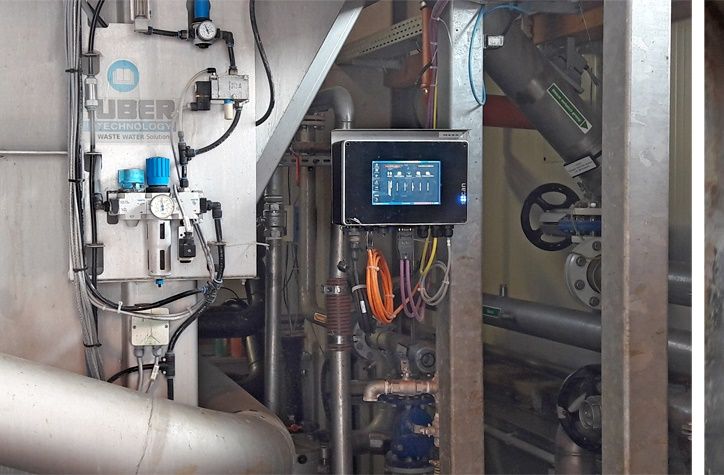Management of a Dairy Wastewater Treatment Plant with Online Cod Analysis in Germany (Case Study)
Published on by Water Network Research, Official research team of The Water Network in Case Studies
A measurement tool industrial in the effluent of the mechanical cleaning stage provides continuous and reliable chemical oxygen demand (COD) data for automation and monitoring of the effluent load.
Background
The Wiesehoff Dairy Plant in Schoppingen Germany processes raw milk daily into a range of high quality products. During the refinement process, approx. 500 m3 (130,000 gallons) of waste water are produced every day which is subject to a constantly fluctuating pollution load. The mechanical and biological treatment of the production waste water takes place in a specially constructed waste water treatment plant outside the production site operated by AWS GmbH.
The polluted waste water is pre-treated before being discharged into the municipal waste water treatment plant. AWS GmbH designed each stage of the cleaning process for optimal performance. Among other things, a mechanical pre-treatment by means of dissolved air flotation and an aerobic treatment plant using the sequence batch process were installed. The size of the plant is comparable to a municipal sewage treatment plant with 33,000 population equivalents (PE).
Challenge
Changing inlet loads and volume-proportional dosing of chemicals at the mechanical cleaning stage led to load fluctuations in the downstream aerobic cleaning stage. These load fluctuations led to a considerable deterioration of the sludge parameters in the biological treatment stage.

The spectro :: lyser probe measures the parameters COD, NO3, TSS and Temperature. The measurement values are displayed on the con: :cube terminal. (Image source: s-can.at)
Find the solution and the complete case study in the document attached bellow.
Source: S-Can
Media
Taxonomy
- Anaerobic Digestion
- Effluent
- Chemical Treatment
- Aeration
- Industrial Wastewater Treatment
- Industrial Water Treatment
- Automation
- Monitors
- Industrial Water Treatment
- Water Monitoring
- Dairy Products
- Dairy
- Pretreatment